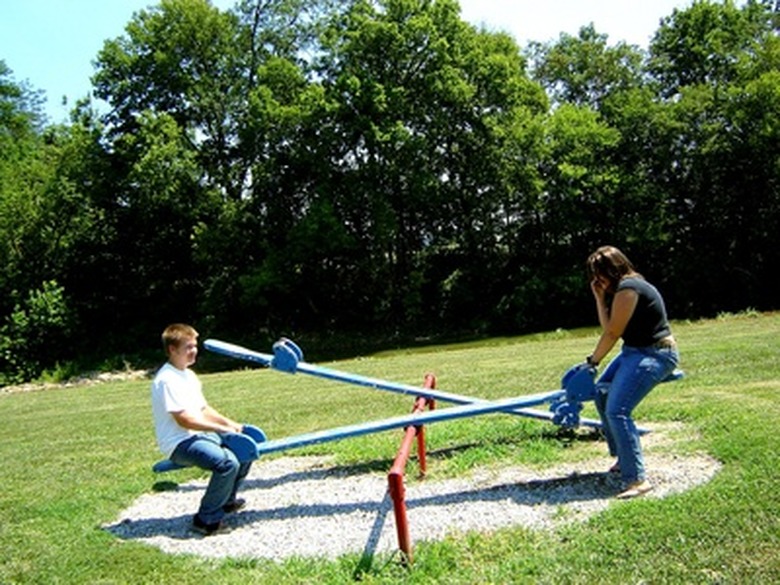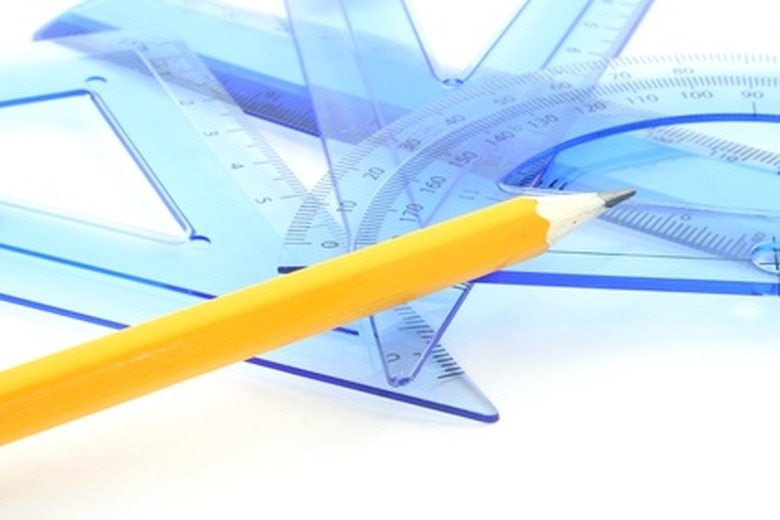Principles Of Levers
A lever is a simple machine made of three parts: two load arms and a fulcrum. Sometimes the two arms are referred to as the force arm and the load arm, to distinguish which arm is initiating movement. Levers come in three classes.
Transmission of Torque
Transmission of Torque
Levers are ancient lifting tools dating back thousands of years. An individual wedges a plank under a load, uses a fulcrum to give the plank a swivel point and lifts the load by applying force to the opposite end of the plank. The product of the force and the distance to the fulcrum is the torque applied. If the torque applied to the plank exceeds the load at the other end, the plank will lift the load.
Equilibrium
Equilibrium
A lever reaches equilibrium when the forces applied to each of its arms, in respect to its fulcrum, are the same. As a rule, the closer one force is to the fulcrum, the less force the lever needs at the other end to achieve equilibrium. Furthermore, a lever's power can be amplified or diminished by either changing the forces or by changing the position of the fulcrum, thereby lengthening one load arm and shortening another.
Position of Fulcrum
Position of Fulcrum
Class-1 levers have the fulcrum situated between the load and the force. A playground teeter-totter is an example of a class-1 lever. Class-2 levers have the load situated between the force and the fulcrum. A wheelbarrow is a common example of a class-2 lever, with the fulcrum at the wheel, the force at the handles and the load in the barrow between. Class-3 levers have the force situated between the fulcrum and the load arm. Fishing rods are a good example of a class-3 lever, with the fisherman's elbow as the fulcrum, the fisherman's hand as the force, and the lure the fisherman casts as the load.
Cite This Article
MLA
Rafidi, Suhail. "Principles Of Levers" sciencing.com, https://www.sciencing.com/principles-levers-6831196/. 24 April 2017.
APA
Rafidi, Suhail. (2017, April 24). Principles Of Levers. sciencing.com. Retrieved from https://www.sciencing.com/principles-levers-6831196/
Chicago
Rafidi, Suhail. Principles Of Levers last modified March 24, 2022. https://www.sciencing.com/principles-levers-6831196/

